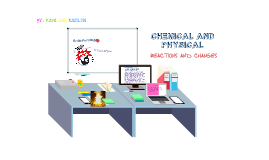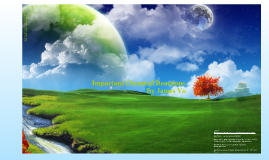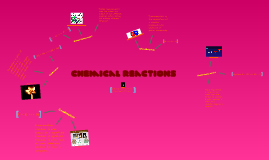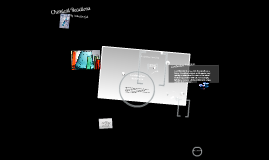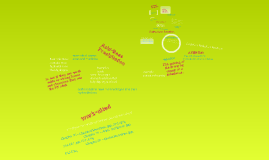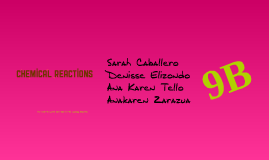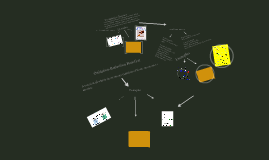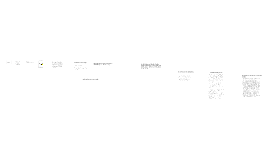Chemical Reactions
Transcript: The 5 types of chemical reactions combination reaction decomposition reaction combustion reaction single-displacement reaction double-displacement reaction Examples Combination Reaction is the one in which two or more reactants combine to form a single product Picture Examples Decomposition Reaction example A few binary compounds decompose to their constituent elements upon heating. This is an oxidation-reduction reaction since the elements undergo a change in oxidation number. For example, the oxides and halides of noble metals (primarily Au, Pt, and Hg) decompose when heated. When red solid mercury(II) oxide is heated, it decomposes to liquid metallic mercury and oxygen gas: 2HgO (s) → 2Hg (l) + O2 (g) Combustion Reaction Example CxHy + O2 --> CO2 + H2O A common example of a combustion reaction is turning on your gas stove, cranking your engine, or starting a fire. Single Displacement Reaction: Reaction between Zinc and Rust (Fe2O3 + 3Zn → 3ZnO2 + 2Fe) Double Displacement Reaction: Reaction between acetic acid and sodium bicarbonate. (CH3COOH (aq) + NaHCO3(s) CH3COONa(aq) + CO2(g) + H2O(l)) How to Balance Chemical Reactions When you write an equation for a chemical reaction, the two sides of the equation should balance — you need the same number of each kind of element on both sides. If you carry out a chemical reaction and carefully sum up the masses of all the reactants, and then compare the sum to the sum of the masses of all the products, you see that they’re the same What Balancing Represents Balancing is the mathematical way of being sure we are not creating or destroying mass. By writing it the first way, Mg + O2 ----->MgO, you are implying that one oxygen atom disappeared somehow... it appears on the left but not the right. This is impossible for chemical reactions because it violates the law of Conservation of Mass (or Matter). In order to fix this we must realize that the reaction must occur in pairs of two reactions, or else we will be left with an oxygen atom... since these are very unstable, we don't even consider the possibility! We just assume that the reactions happen in pairs. The actual reaction occurring can be thought of in this way (although it is likely NOT how it actually occurs): Mg + O2 ----->MgO + O (so we know that we are not really destroying an O) Now we have an extra O to work with. If you were an O and were surrounded by a bunch of Mg, what would you do? Thats right, you would react again... Mg + O ----> MgO (this one balances since everything on the left is on the right). Speeding Up and Slowing Down a Chemical Reaction 1.Raising the temperature of reactants will speed up a chemical reaction as it make the achievement of the Activation Energy easier. The temperature of individual atoms/molecules in a gas or liquid follow a normal distribution. Raising the temperature forces more atoms/molecules into the 'reaction worthy' side of the distribution. 2.Sneeky energy pumping. Provide some kind of energy that doesn't raise the temperature but does break-down reactant into more reactive radicals. (light, electric discharge) See the photo-electric effect 3.Introduce enzymes. Chemicals that aren't consumed in the chemical reaction but provide a lower energy way for the reaction to proceed. 4.Poisons react opposite to enzymes by inhibiting a lower energy alternative and forcing a higher energy path for the reaction. Chemical Reactions Single Displacement Reaction Example






